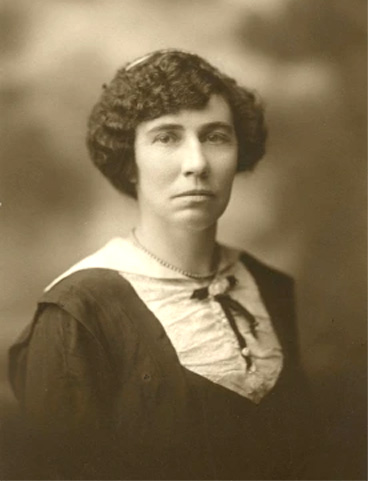
“The person who seems to be influencing the life of Navajos most is Mrs. John Wetherill of the Kayenta trading post, Arizona. This cultured woman wields more power among them than any chief, or ‘head man’. She is a white woman adopted into the tribe and is a real leader among them, holding her position as a recognition by the Indians of her sympathetic interest in their life. A queen could hardly be more loved by her subjects. She is at once the judge, physician, interpreter, adviser and best friend of her devoted wards.”
Joseph F. Anderson, Archaeology student of University of Utah Professor Byron Cummings
*******
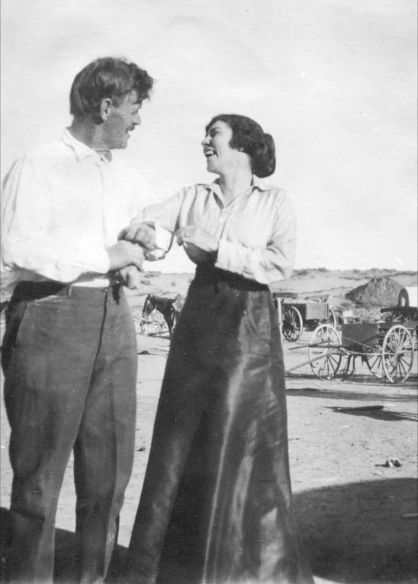
“The Navajos are just like other folks,” Slim Woman said to Clyde Kluckhohn, a budding anthropologist. Slim Woman was the name given by the Navajos to Louisa Wade Wetherill of Kayenta, Arizona—my great grandmother. She lived with the People for decades, admired them dearly, and understood them deeply. She cautioned Kluckhohn that, because of the variations in human character from person to person, generalizations about any large group of people should be avoided. Kluckhohn was taken aback by her statement and found it difficult to accept.
“That is better than ‘the ignorant savage’ of the worst element in the Indian service and better than ‘the noble redman’ of the worst sentimentalists; but still, I feel, the Navajoes have a way of their own and a very special way,” he argued. “I think perhaps one would get close to it if one said that the Navajo was like a charming but slightly spoiled child who had a strangely strong and powerful love of beauty which one doesn’t usually associate with children.”
As the years went on, his point of view on this subject improved. In later life, he authored several books on the Navajos, including, with Dorothea Leighton, The Navaho and Children of the People: The Navaho Individual and His Development.
Kluckhohn was just one of many interesting people that Slim Woman influenced during her forty-five years among the Navajos. Folks came from far away to her home in Kayenta, Arizona, near Monument Valley, to gain understanding, seek advice, and see first-hand the qualities of a culture that was decidedly different from anything they had experienced theretofore. Louisa’s husband, John Wetherill, was an authority on the archaeology of the region and likewise was often engaged in educating the guests on that subject and the wonders of the surrounding countryside.
One of the attractions of Kayenta in the early days was its remoteness and difficulty of access. Visitors felt that they were traveling into the past when they made the long, rough journey to the Wetherills’ doorway. “Kayenta is a gateway, like Thibet, to the Unknown. It is a frontier, perhaps the last real frontier in the States. Only Piutes and Navajos brave the stupendous Beyond,” wrote Winifred Hawkridge Dixon, an early adventurer.
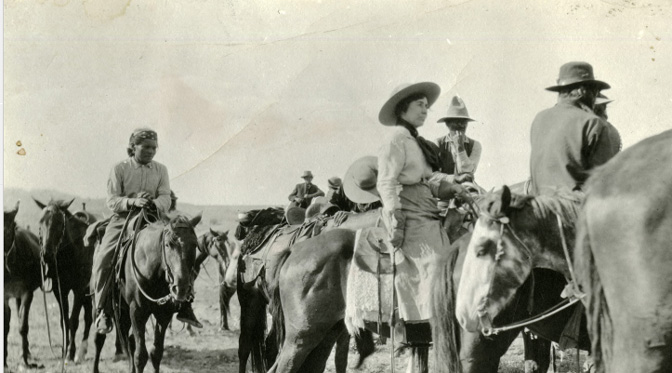
Since the time of Columbus, non-Indians have struggled to comprehend the enigmatic Indian world view, which is so different than the familiar one brought across the Atlantic by recent immigrants. Interpretations ranged the gamut from hatred and the desire to kill the “ignorant savages” to phony emulation of the “noble redman” by Indian wannabees. But the prevalent approach settled into a general consensus that the Indians, while fully human, are somehow lacking in their abilities to quickly adapt to the superior ways of modern society, and that they need to be helped along that pathway. Rare are those who dare to suggest that there is something of value to be learned from traditional Native Americans, and that modern people might be the ones who are in need of change.
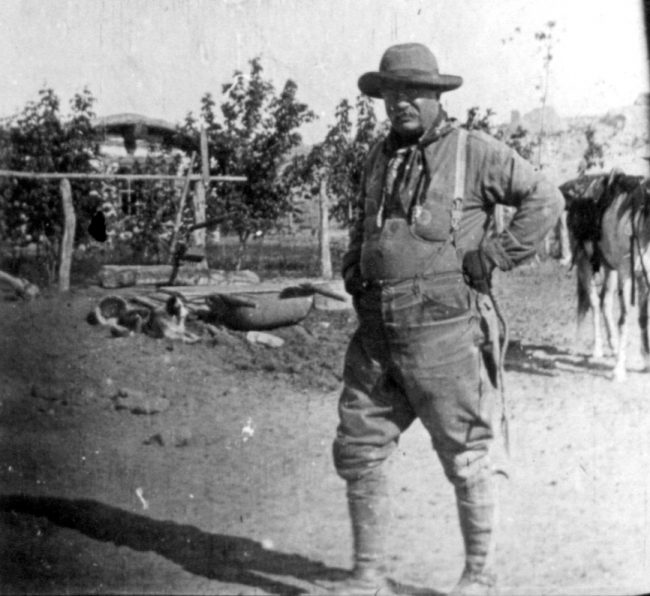
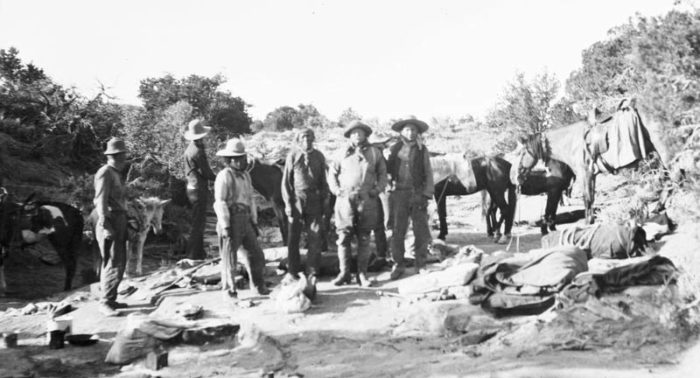
Bedrolls, such as the ones on the right, could be quite bulky.
Louisa Wetherill’s most famous student was Theodore Roosevelt who, with his sons Archibald and Quentin and cousin Nicholas, lingered a few days at the Wetherill home before and after their pack trip to the Rainbow Natural Bridge. This was in August, 1913, several years after the end of Roosevelt’s tenure as president and shortly after he lost his bid for reelection under the Bull Moose Party. He was interested in seeing Louisa’s reproductions of Navajo sandpaintings and hearing her ideas about relations between Indians and non-Indians. She wrote out for him two Navajo prayers she had recorded— “Prayer to the Dawn” and “Prayer to the Big Black Bear”.
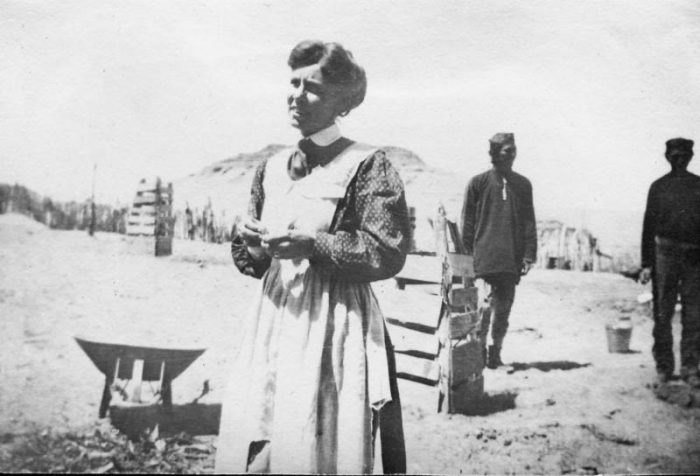
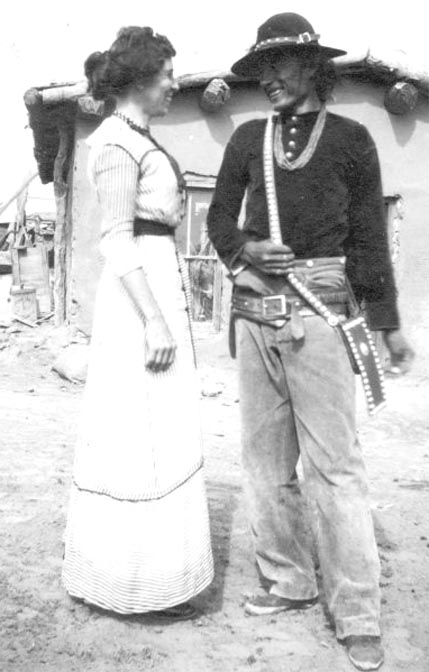
Unfortunately, Roosevelt no longer had much influence on the public arena, so the lessons that Slim Woman shared with him had less of an outlet for bettering public opinion or government policy than would have been the case if he had still been President. However, he did pass on his insights to the readers of his 1916 book, A Book-Lover’s Holidays in the Open. Of Slim Woman, he wrote:
‘Mrs. Wetherill was not only versed in archæological lore concerning ruins and the like, she was also versed in the yet stranger and more interesting archæology of the Indian’s own mind and soul…. If Mrs. Wetherill could be persuaded to write on the mythology of the Navajos, and also on their present-day psychology—by which somewhat magniloquent term I mean their present ways and habits of thought—she would render an invaluable service. She not only knows their language; she knows their minds; she has the keenest sympathy not only with their bodily needs, but with their mental and spiritual processes; and she is not in the least afraid of them or sentimental about them when they do wrong. They trust her so fully that they will speak to her without reserve about those intimate things of the soul which they will never even hint at if they suspect want of sympathy or fear ridicule.‘
The Kayenta region often served as a field school for university students who ventured there to learn first-hand about subjects such as archaeology, anthropology, and ethnology. Slim Woman served as an able interpreter of Navajo culture for the scholars, and she facilitated gaining them access to the homes and ceremonies of her Navajo friends. Professor Byron Cummings of the University of Utah regularly brought his archaeology students to Kayenta. One of them, Joseph F. Anderson, recorded his impressions of Slim Woman:
“The person who seems to be influencing the life of Navajos most is Mrs. John Wetherill of the Kayenta trading post, Arizona. This cultured woman wields more power among them than any chief, or ‘head man’. She is a white woman adopted into the tribe and is a real leader among them, holding her position as a recognition by the Indians of her sympathetic interest in their life. A queen could hardly be more loved by her subjects. She is at once the judge, physician, interpreter, adviser and best friend of her devoted wards.”
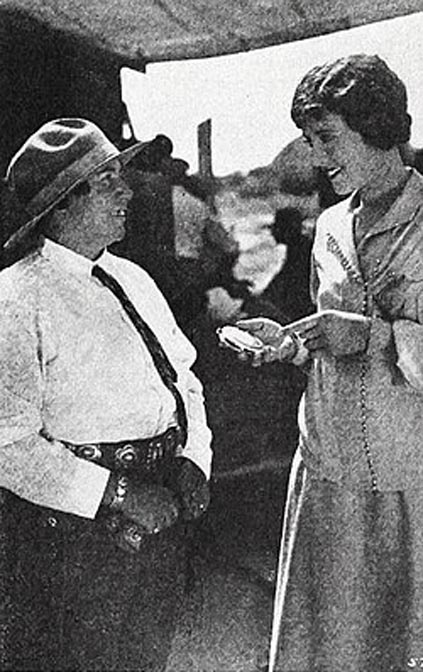
Some of the college groups that came to Kayenta were from Ivy-League universities. Harvard students in particular had the reputation of being arrogant and condescending toward Westerners, and they had been taught that Native Americans reflected an earlier, primitive stage in humanity’s ever-improving, evolutionary climb. They were sometimes surprised to discover appealing character traits among these “backward” folks that were novel to anything they had seen or learned back East.
One notable Harvard student was Oliver La Farge, who first came to Kayenta in 1921 to study Southwestern archaeology. His trip did not start out well. Upon reaching the trading post at Cameron, Arizona, on the southern border of the Navajo country, he was taken aback when three Navajos came into the store. “These men must be the real article, the savages of the hinterland,” La Farge recounted in his book, Raw Material. “They wore ragged work clothes, two of them had battered hats, the third, a dark, dirty headband. I remember the contrast of the bright turquoise in their ears, but nothing else was picturesque about them, they were merely shabby and surprisingly dark. I had had an idea that Indians were a rather light, bronze colour. These men seemed purple. I found their expressions expressionless and stupid.”
The students traveled from there to Tsegi Canyon, a landscape that, by almost all accounts, is stunningly beautiful. La Farge found it otherwise, describing it as “a howling ash-heap”. “Its mile-wide floor was arid, useless. Its cliffs were too aggressive, the spruce and fir up in the crannies were a cheat. The heat danced on the flat and echoed off the walls.”
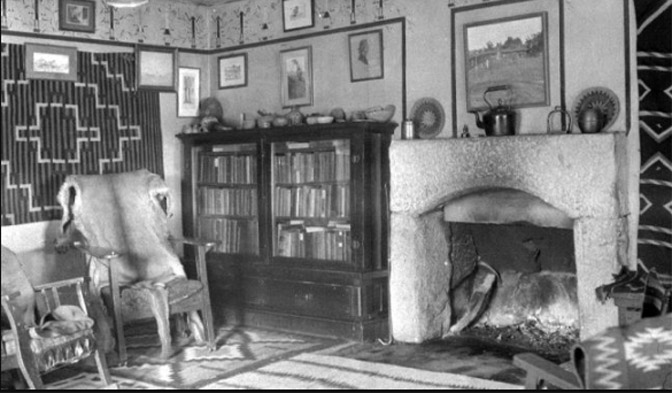
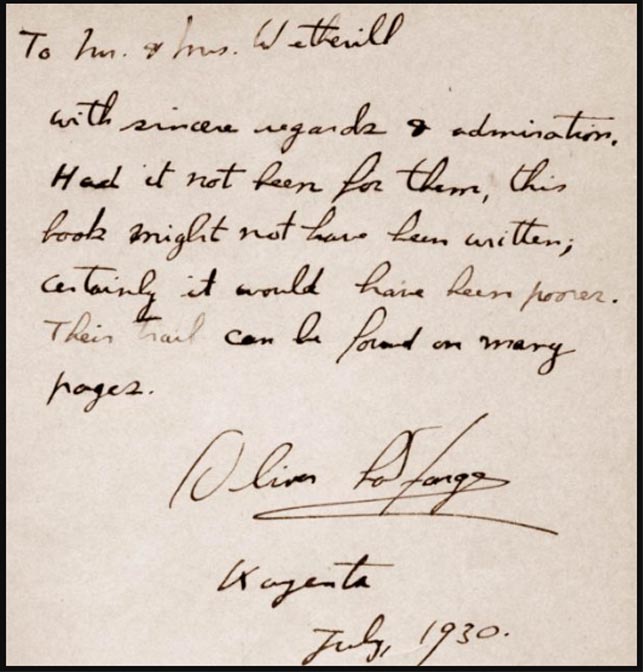
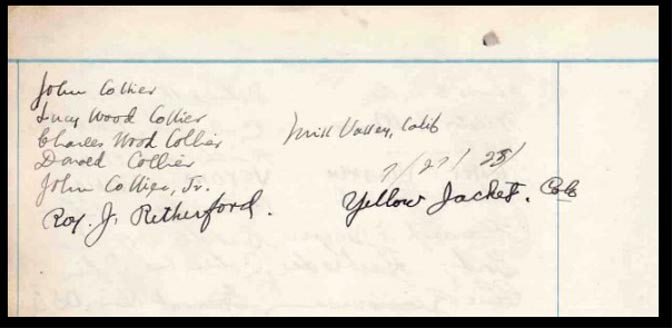
Their next destination was the Wetherills’ place, and the visit there was like a conversion experience for the young Oliver. “We had spent one night at Kayenta,” he recalled. “No one could be even that short a time in the Wetherills’ house, hearing them talk, seeing the beautiful things hanging on their walls, without catching some of the riches to be found among the Navajos and being stimulated to some desire to learn for himself. These Indians in the northern part of the reservation were quite different from the ones I saw at Cameron. As a matter of fact, I’ve never seen those purple ones again, they seem to have appeared out of nowhere that first day, a different race, to disappear again forever.”
Even the scenery looked different. “Our camp was on a sandy knoll in the shade of some Maxfield Parrish piñón trees under a Maxfield Parrish sky,” La Farge wrote. “I began to see the country with a rush and to know that it was beautiful and that I loved it.” He resolved to change his major from archaeology to ethnology and to focus his studies on the Navajos. “The Indians had got me,” he proclaimed.
La Farge’s later understanding of the cultural difference between non-Indians and Indians was more sensible than Kluckhohn’s. “I can clear the decks here by stating that Indians are not idyllic, any more than I am. They are just as stupid and just as intelligent as we are, just as noble and just as mean, just as good and just as bad…. They are different from us, strong in some things where we are weak, weak where we are strong.”
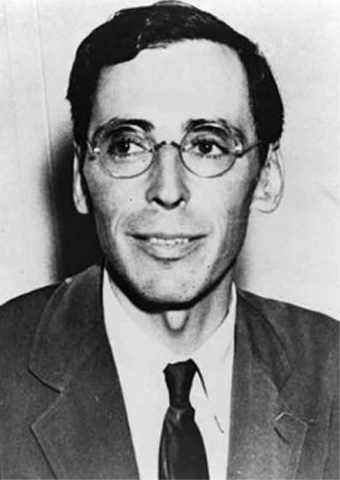
Oliver La Farge had many notable accomplishments in his later life, but the one he is best known for is his authorship of Laughing Boy, a novel about a young Navajo man. It was acclaimed as portraying Indians as real human beings and awarded the Pulitzer Prize in 1930. He acknowledged the Wetherills for their role in making the story a success.
Of even greater consequence in the annals of Kayenta history was a 1923 visit by John Collier, an activist who had recently relocated from the East to California. He was making the rounds to educate himself on the Indian tribes of the Southwest and came to the Slim Woman’s home to learn about the Navajos. She outlined some changes that were needed in government involvement with the Indians, and Collier was much impressed with her insights. “The ancient world and the American present meet in her personality as perhaps in no other personality alive,” he wrote. “No one knows so well as she the simple yet enormous things possible for and with the Navajos.”
John Collier seemed to understand the uniqueness and wisdom of the Navajo world view more profoundly than either Kluckhohn or La Farge. “They believe that a man’s thought influences the cosmos; and that a venomous thought, or a hate or a fear, draws evil out of the hidden world, acting somehow like a magnet toward evil, and causes sickness and all ruin. Their discipline primarily is a search for joyous thought—for beauty and love; for these draw good from the hidden world, and are efficacious to produce good in the universe beyond man…. We have lost these realities; perhaps our race never knew them.”
Slim Woman kept in touch with Collier and informed him of abuses that were taking place at the Bureau of Indian Affairs agency and boarding school in Tuba City, Arizona. Collier sent out letters of complaint, particularly against the Superintendent there, Chester L. Walker. Walker appealed to the Commissioner of Indian Affairs in Washington, asking if something could be done to stop the harassment. The Commissioner replied that Walker should ignore Collier, and eventually he would go away. He did not. In 1933 FDR appointed him as Commissioner of Indian Affairs, and Walker was promptly transferred to an agency in Montana where he lasted for just a short time.
In his role as Commissioner, Collier ended the decades-old government policy of cultural assimilation of Native Americans and implemented a New Deal for the Indians—self-determination. Gone was the forced attendance of Indian children at boarding schools and attempts to eradicate their traditional identities and beliefs. Collier’s new policies reflected some of Slim Woman’s ideas, such as establishment of local day schools, which enabled the children to gain an education while continuing to live with their families in familiar surroundings.
In later life, John Collier wrote a book about the Southwestern Indians he titled “On the Gleaming Way.” In it he expressed his sincere respect for the Navajo way of life and the inspiration that modern people could gain from learning about it. “So poor they are…. Yet the note which their life strikes is exuberance and joy, a winging note and the note of the dance and the dancing star…. How can so rich a flower bloom in a soil so rocky and nearly waterless? In terms of life, not of goods, it is we who are poor, not the Navajo.”
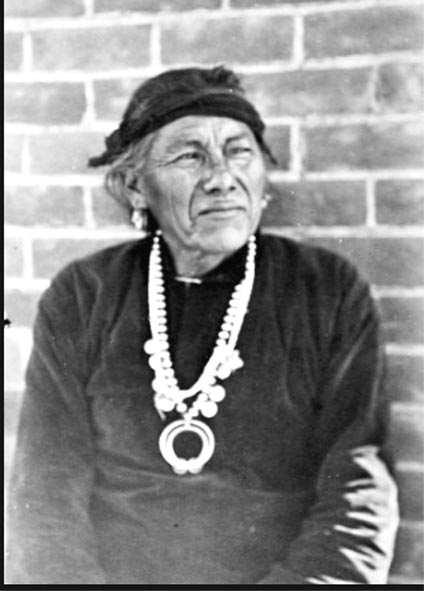
Slim Woman authored her own book that set forth the best of the Navajo tradition—an oral history of a dear friend named Wolfkiller who told her about the wise lessons he had been taught by his grandfather and mother when he was just a boy—the “path of light”. “All things are beautiful and full of interest if you observe them closely and study them,” the grandfather said. “Keep your thoughts on the beautiful things you see around you. They may not seem beautiful to you at first, but if you look at them carefully you will soon learn that everything has some beauty in it.”
Sadly, a publisher rejected Slim Woman’s attempts to get the book into print when she completed it in the early 1930s. They thought that it was fictional and said it would be of no interest to modern readers. The manuscript languished in the family archives for seventy-five years until its value was finally recognized and it was made available as the book, Wolfkiller: Wisdom from a Nineteenth-Century Navajo Shepherd. In it, Slim Woman’s passion for sharing the deep insights of her Navajo friends is clearly revealed. It is impossible to fully grasp the full extent of her legacy, because she influenced so many people and they, undoubtedly, used her ideas to influence many others.
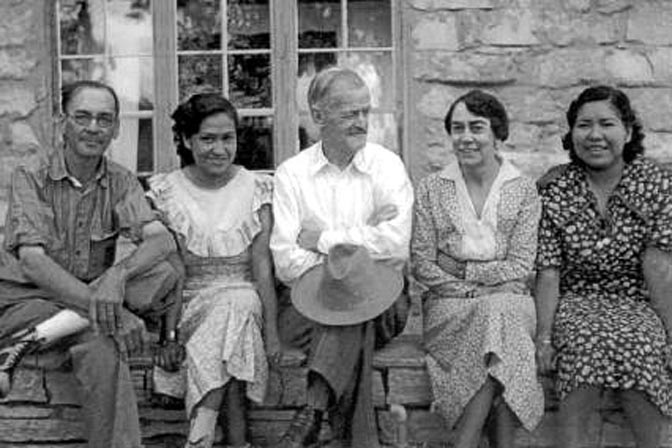
*******
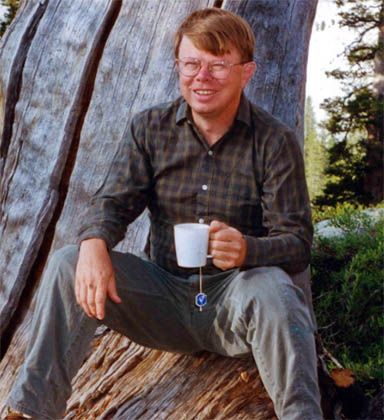
More than thirty years ago, Harvey Leake began researching the history of his pioneering ancestors, the Wetherills of the Four Corners region. His investigations have taken him to libraries, archives, and the homes of family elders whose recollections, photographs, and memorabilia have brought the story to life. His field research has led him to remote trading post sites in the Navajo country and some of the routes used by his great-grandfather, John Wetherill, to access the intricate canyon country of the Colorado Plateau. Harvey was born and raised in Prescott, Arizona. He is a semi-retired electrical engineer.
To peruse all of Harvey’s brilliant Zephyr contributions, click here.
TO COMMENT ON HARVEY’S STORY, PLEASE SCROLL TO THE BOTTOM OF THIS PAGE


And I encourage you to “like” & “share” individual posts.
Why they can’t just leave the site alone is beyond me,
but that’s what Facebook likes to do.
ALSO NOTE: I post old photographs and stories from our 25 year old archives every day. Pictures from Herb Ringer, Edna Fridley, Charles Kreischer.. even a few old photos from my Dad. So if you want to stay caught up on our historic photo collections,
be sure to “follow” us on Facebook…Thanks…Jim
https://www.facebook.com/FansoftheCanyonCountryZephyr/
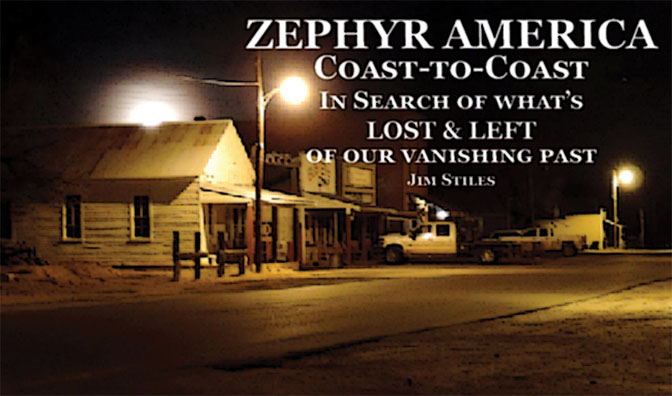
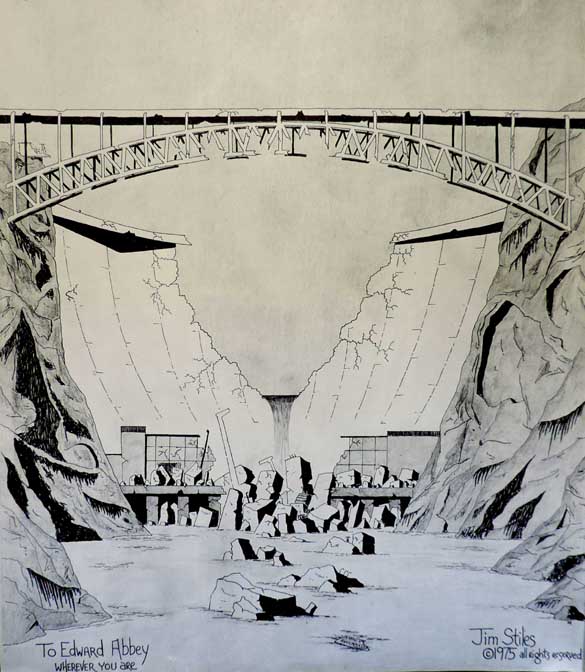
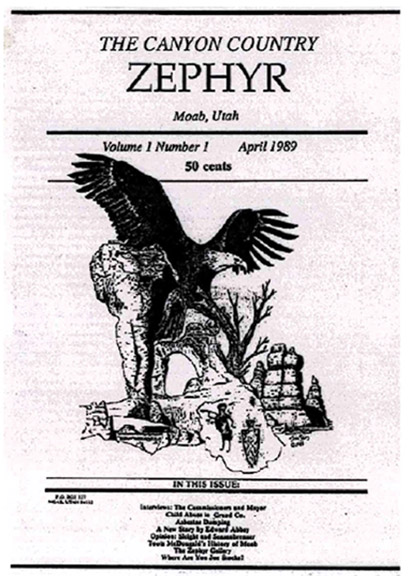
Signed copies
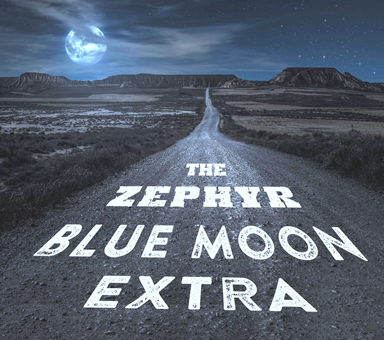
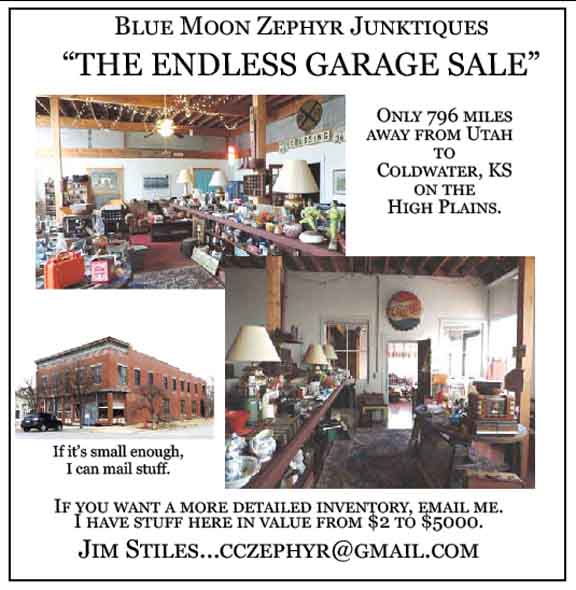
https://www.facebook.com/profile.php?id=100086441524150
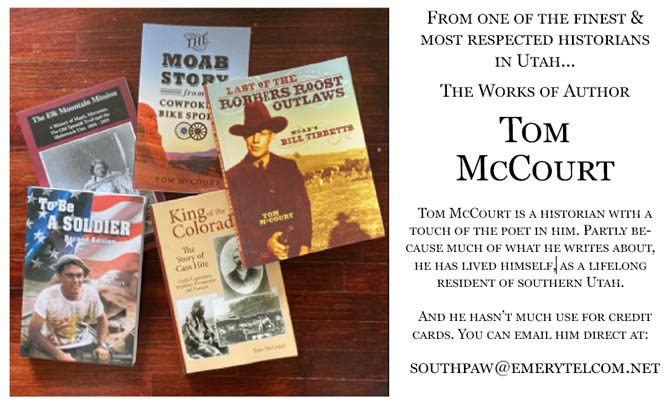

And check out this post about Mazza & our friend Ali Sabbah,
and the greatest of culinary honors:
https://www.saltlakemagazine.com/mazza-salt-lake-city/
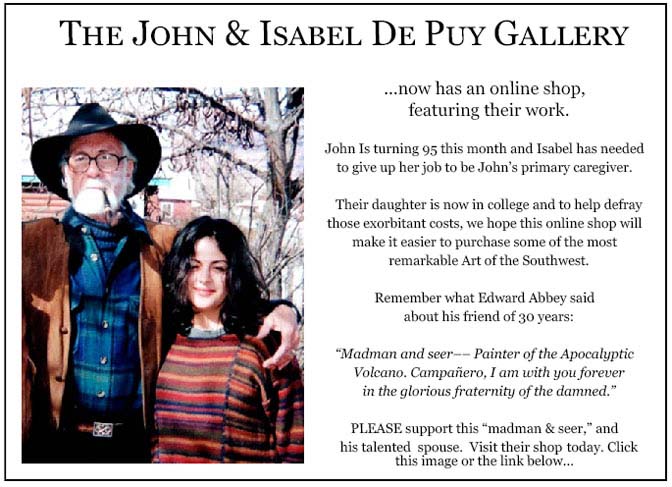
More than six years ago, The Zephyr, me & four other individuals were sued for defamation by the former Moab City Manager. Faced with mounting legal bills, my dear friends John and Isabel De Puy donated one of John’s paintings to be auctioned.
ALL the proceeds went to our defense.
Thanks to them, our bills were almost completely covered.
Now I’d like to return the favor. Check out the link below and their online shop… JS
https://www.depuygallery.com/shop.html

https://www.canyoncountryzephyr.com/

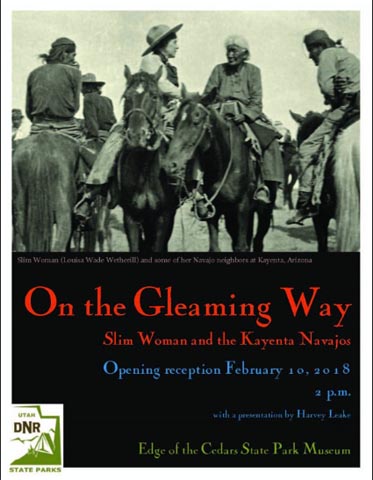
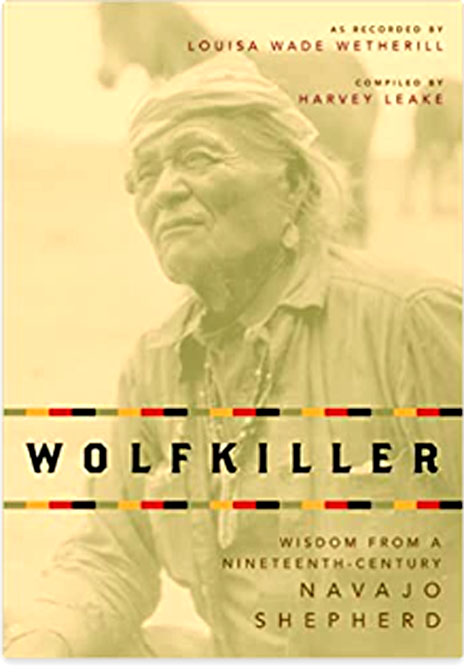

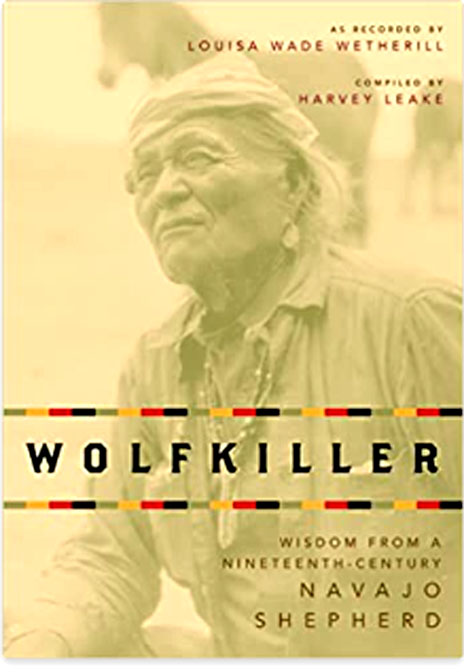
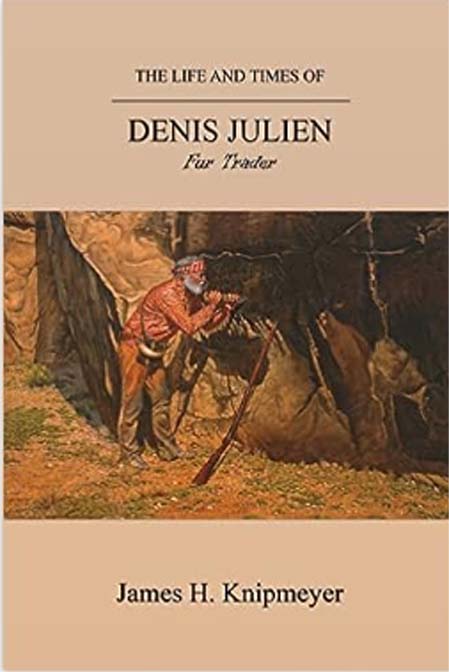
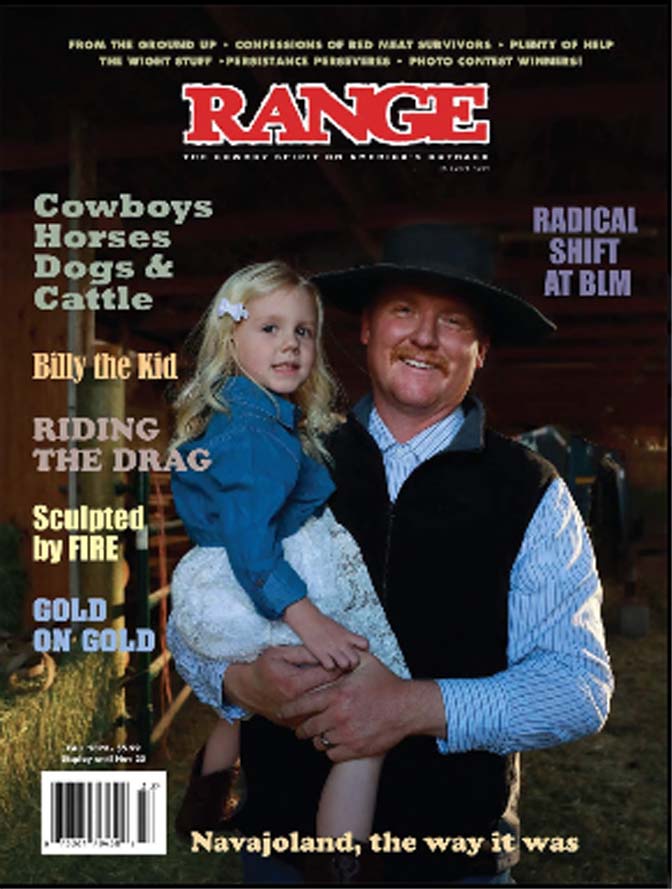



What a boon to the navahos was the Wetherill couple! My Mother, after the death of my Dad married another NAU student Francis Luke Decker, born in Snowflake but his business in Flagtaff. Annually we attended the Pow Wow, the Indian Rodeo, but our favorite fastime as roaming the Indian encampment. Husband Gail often sniffed at a cooking area long enough to “yoga” a free bowl of lamb stew! Thank you once again for this eye opening reflection on Slim Woman!!
Harvey Leake never disappoints. This is a thoughtful and tender–though not overly-sentimental–look into his own roots in the past.
I travel through Kayenta at least twice a month to serve students in Navajo Mountain. I can attest that the unique Navajo worldview persists, and it can be a beautiful thing or a handicap depending on your own perspective of reservation life. There are many families living in those remote, inscrutable canyons, surviving with infrastructure that has changed little since the time of Slim Woman. They haul water and use wood–propane if they’re fortunate enough to get it–to heat their homes and cook their meals. There is no Internet or modern communication to speak of. Their lives are simple and spare.
In many ways, reservation life remains an enigma. To me the most dogging question is why it still exists.
I wonder when she realized she had a foot and influence in two cultures. I really enjoyed the insight and story.
It occasionally happens that when dissimilar cultures intersect, certain individuals take the responsibility of communication between the two worlds.
It sounds as if Slim Woman was what we might call today an influencer, which to me is much, much better than a dominator. It is obvious without a doubt she was strongly influenced by her Navajo cohort as well.
Throughout the history of interaction between people of European descent and the Indigenous peoples of North America, time and time again we see one culture dominating and subjugating the other. In this case, she facilitated the exchange of knowledge and understanding, and taught many of the whites the value and rightness of the Beautyway.
We today are the better for that.
Thanks for this post, Jim.
Thank you Jim , I hope your doing well.
Louisa Whetherill was a great woman. Unlike many who came to the Rez with an agenda and preconceived notions, wether racist or romantic, Louisa saw the Navajo people for what they were. As I have told visitors of all kinds and stripes on the Rez where I live, the most important thing to remember is that the Rez is a real community where real people live real lives with real problems just like where everyone else lives.
I’m sorry that the article did not tell of the important contributions she made to science, particularly the ethnobotany of the Navajo people, because Louisa was not only a natural linguist and ethnologist but a scientist as well. Her work in recording the names of plants, in both Navajo and English, and their uses was impeccable and stands the test of time.
She was a rare non-Navaho person who came to the Rez and really understood what it was all about. I wish I’d known her.
Excellent reflections and observations Mr. Day. Maybe you need to write the sequel…. The Scientific Slim Woman.
Good article, Jim. For years the Whetherills sent excavated artifacts to the Smithsonian, many of which were consigned to the basement as they were not academic archaeologists. There is a great video of Harvey Leake talking about his grandparents and family: https://www.youtube.com/watch?v=3P8X-LughU0
I’ll look for the link to Harvey’s video…Thanks.
Jim
Very enjoyable to read. My own experience with Navajo and Ute cultures as they intersect with modern education resonates well with Slim Woman’s views.
Loved the article!!! I’ve got to read those books. Ever since I was a small child growing up Moab, Utah their culture has fascinated me! My great grandfather, Henry Holyoak, knew Navajo and interacted with the Navajo people to keep things peaceful. They had their own name for him, Poo-atts (not sure there is correct spelling of that). My brother did some research with BYU and concluded that it means a red fruit. Henry was always taking them watermelons.
What a great story. Do you have any more details of that relationship? He must have dedicated a lot of time and effort, and time with the Navajo people to learn their language. I love how the Navajo gave names to people based on their interests or character. The name they gave him might’ve been bewildering, had you not provided the watermelon explanation. Thanks Gemie. I’ll always remember your contribution to the July 4, 1961 shooting on the Dead Horse Point road, and what might have been your mother’s last kind words to Abel Aragon. Thanks.